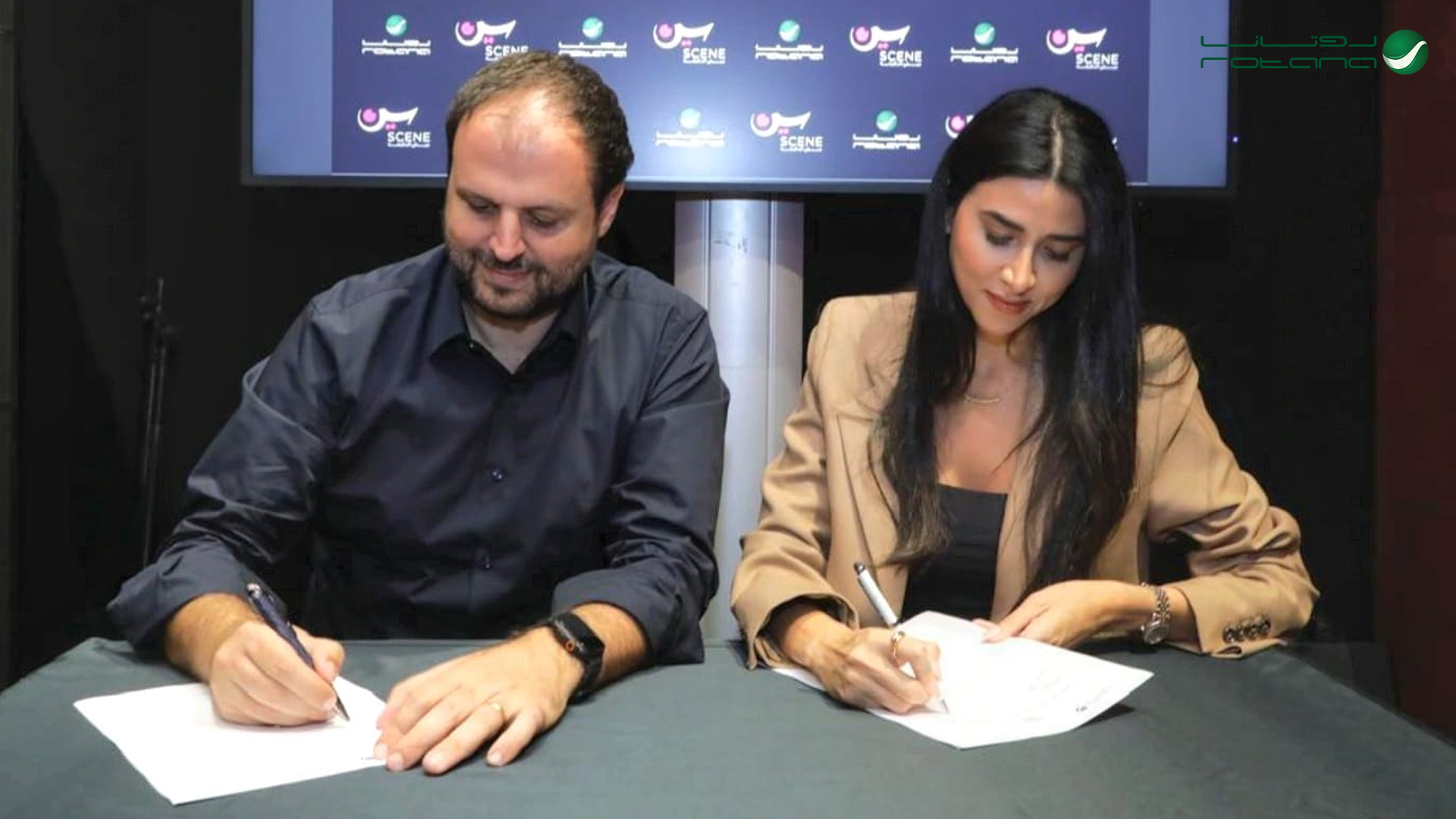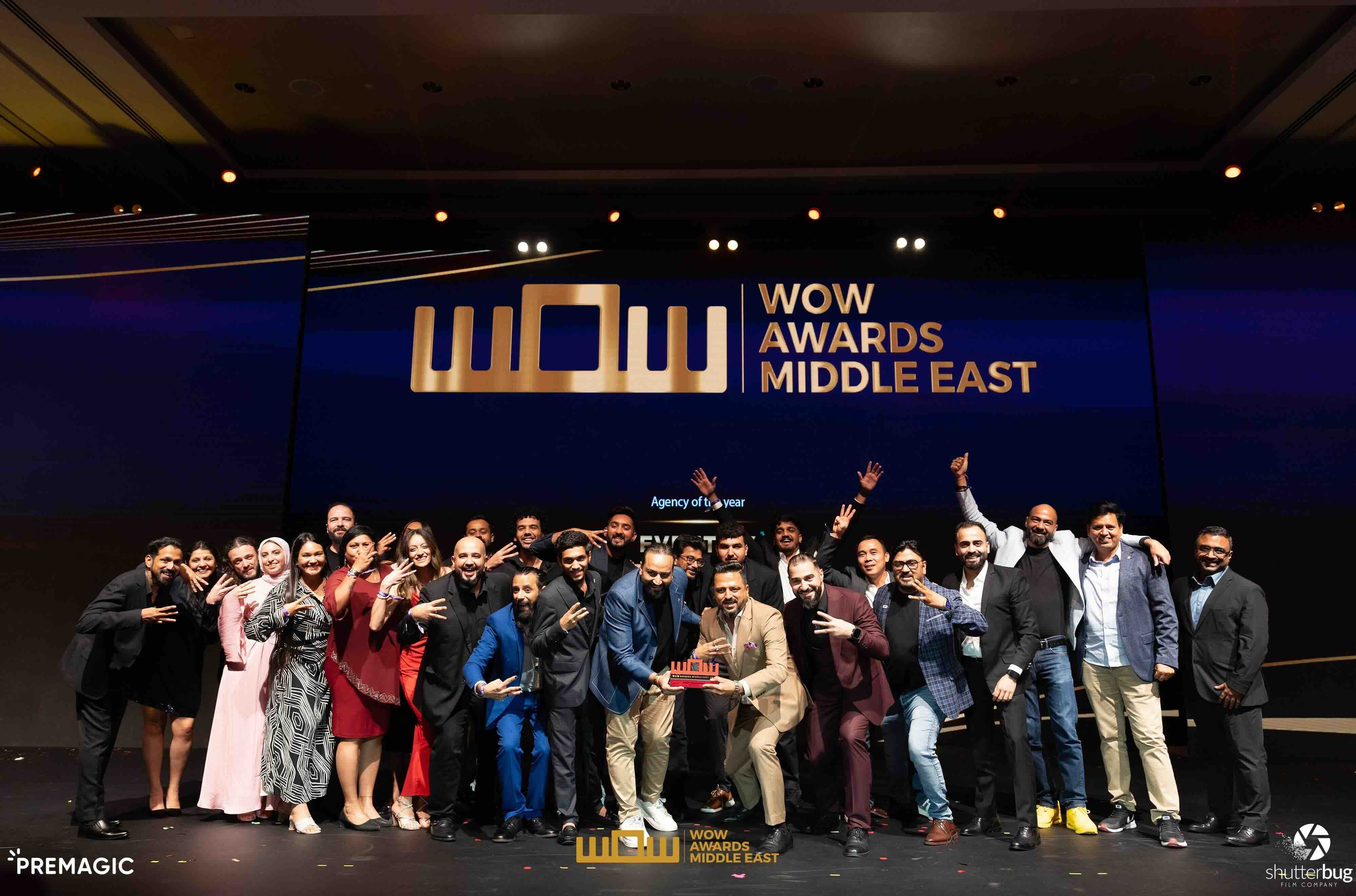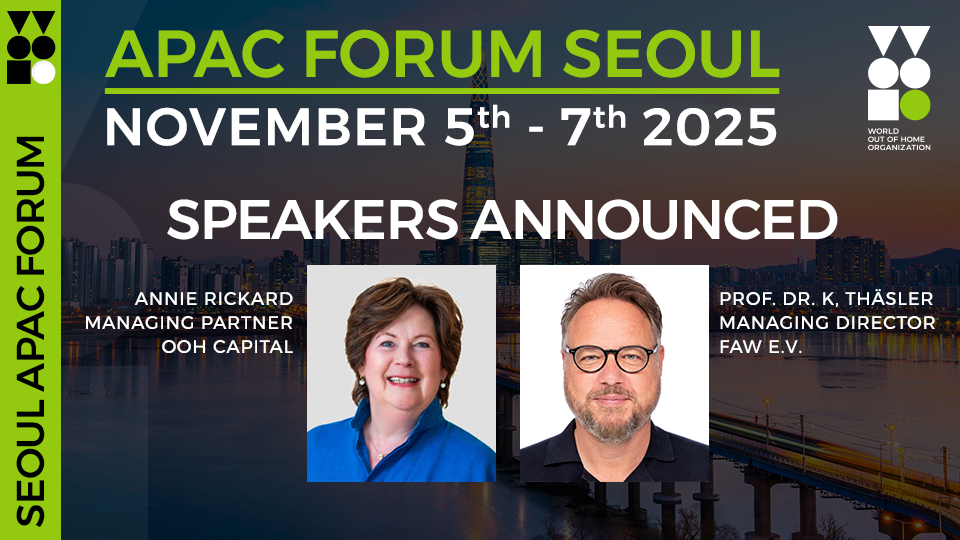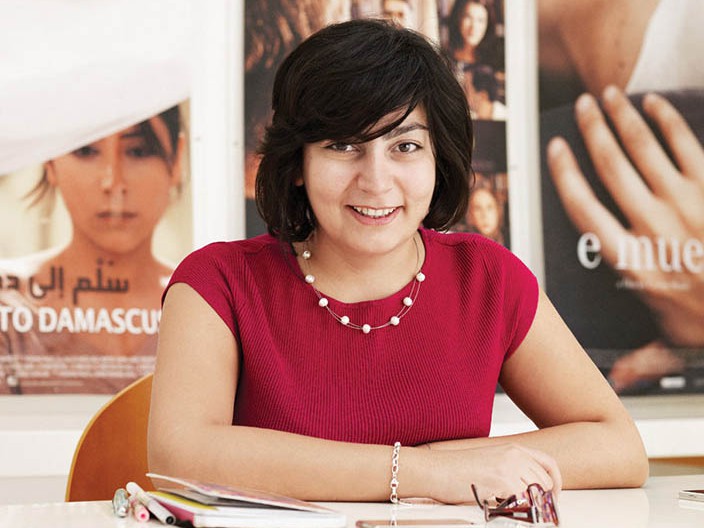Industry Talk
Public relations in the dock
by Iain Akerman
June 26, 2024
.jpg) Advertisement
AdvertisementPR is big business in the GCC. Investments are pouring in, independent agencies are flourishing, and the industry has embraced data analytics and AI-powered tools as it continues on its journey of transformation. So why are agencies failing at media relations?
Press releases are still being emailed out blindly and are largely irrelevant to the recipient. The majority are missing a name or introduction, although ‘dear media representative’ is favoured by those who choose to include formalities. Annoying follow-up emails are the norm, and yet PR practitioners routinely ignore journalists when contacted for specific requests. In too many cases, PR agencies and their staff are a barrier rather than a conduit to information, preferring to embrace traditional one-way dialogues and control the narrative at all costs. In both cases, messages are broadcast and genuine engagement is rare.
Why? Why after so many years of growth and of learning are we still staring down the same barrel? “You have to remember that public relations and communications are, in many ways, new to the region,” replies Alex Malouf, a former journalist and media relations specialist with two decades of experience in the Gulf. “And you don’t need any qualifications and specific experience to become a communicator. There are many good communicators in the region, and many others who aren’t suited to the role. What we do need are people who both understand how to communicate well, locally and globally, and who also get the local stakeholder landscape. These people are the ones who will push the function forward and help us raise the standards to where they should be.”
Alistair Crighton, a UAE communications veteran and founder of Alistair Crighton Consulting, believes PR professionals in the GCC, especially seasoned ones, are “generally extremely good at working within a complex, nuanced and sophisticated regional landscape”. What is missing is increased professional training across the board, which is something the bigger global networks are trying to address, some more successfully than others.
Dana Tahir, managing director of Havas Red Middle East, agrees, noting that the onus is on agencies to ensure junior team members are well trained in the art of media relations and strategic media pitching. After all, when bespoke pitches are crafted for tier one media (the most prestigious and influential media outlets within a specific industry or region), and when done strategically, “at least one in three interactions leads to a qualitative outcome for both the recipient and the brand,” states Tahir. “If deployed correctly, this can be a powerful conversation starter.”
“I think it’s extremely unfair to single out the region as particularly at fault,” adds Crighton. “In the decade I worked with big agencies, we brought on staff from the US, western and eastern Europe, and Asia, and I was frequently shocked at how poorly they measured up to good staff who came up through the industry in the Middle East. And that’s not just cultural stuff either. It’s basic PR skills, media relations, writing, creative thinking – the very things this region’s PR sector is often criticised for.” At the same time, the industry has grown enormously in the past 20 years, with social media, content marketing, and a greater focus on data-driven strategies transforming the PR landscape.
“You may be the best communicator there is, but there’s only so much you can do if you’re hamstrung by bureaucracy and people who don’t understand how communications works.”
—Alex Maalouf
“Yes, there are still far too many press releases being drafted – that old canard – but that’s because that route is easy, cheap and, arguably, still effective,” admits Crighton. “Newspapers and magazines will run message-heavy press releases practically verbatim. Who’s going to look that gift horse in the mouth?” As a result, junior PR practitioners don’t build relationships with journalists, or target releases with any real precision, because those releases will be picked up regardless. “But is that the fault of the PR industry, or the media?” asks Crighton. “Or just the reality in which both exist? And is that a fair reflection on PR as a whole?”
“Yes, there are still far too many press releases being drafted – that old canard – but that’s because that route is easy, cheap and, arguably, still effective.”
—Alistair Crighton
Running press releases word-for-word is just one of the many sins of GCC media. Often tarnished by state control and the perennial issues of political bias, censorship, and the repression of journalists, traditional media attracts a general sentiment of distrust, particularly amongst the young. It runs advertorials that masquerade as reportage, equates PR with news, and – given the challenge of remaining financially viable in the digital age – is too often unwilling to challenge the information placed before it. That information is, more often than not, provided by PR practitioners and their clients.
The repercussions of such an unquestioning stance are serious. Aside from an erosion of public trust and a lack of accountability, the absence of critical engagement and independent scrutiny leads to wrongful assumptions being made. “One thing that frustrates me is that we can be too good at projecting a particular narrative, and media too accepting to run with it,” says Crighton. “For example, it concerns me that citizens and residents believe that the UAE is quite advanced in its sustainability journey towards net zero, when in reality we still have one of the worst carbon footprints per capita on the planet.”
“It is a departure from the glory days of a media relations focused approach – but it’s a brave new world, where impact through creativity and content will grow in prominence.”
—Dana Tahir
Only the media is to blame for such a scenario, as much as disgruntled, dismissive journalists may insist otherwise. The solution? “We need more investment in media, we need more awareness of the importance of a strong, independent media, and we need more communicators who are both trained and accredited,” believes Malouf. “I’d love to see more communicators signing up to global ethical standards, studying best practices, and being willing to stick their neck out for what they believe in.”
No wonder much of the world has moved on, including the PR industry. According to the Arab Youth Survey 2023, nearly two-thirds (61 per cent) of young Arabs get their news from social media, making it the number one source of information. The war in Gaza will, in all likelihood, have increased dependence on social media for unfiltered, unbiased news – although shadow banning and the censoring of Palestinian voices will have impacted confidence in platforms such as Instagram and Facebook.
Nevertheless, the changing media landscape has dramatically impacted how PR agencies operate. User-generated content, enhanced engagement and interaction, real-time communication, content creation, and influencer collaborations, as well as access to detailed analytics and insights, mean traditional media have become less relevant, although it would be impractical to move away from traditional PR tools such as the press release altogether, says Tahir.
“Marketing and communications, across all disciplines have evolved – automation and digitisation, to changing consumption habits have had an impact on best practices overall,” explains Tahir. “It is really important to take a few things into perspective, to consider the big picture. Brands have adapted their strategy, considering the transformation of the media landscape (especially due to commercial pressures). Today, audiences engage with brands across a spectrum of media, respond to their call to action and react to their content. So, agencies have had to adapt their tools and tactics, to be agile and relevant across different forms of content.”
From a purely financial perspective, PR is positively radiant. MENA offices are gold mines for their global networks, says Crighton, while boutiques and niche agencies thrive in sectors such as arts and culture and government affairs.
US-based PR and marketing consultancy firm Edelman reported a 23.7 per cent revenue increase across the wider Middle East in 2023, while the GCC’s rapid development, economic diversification, and increasing focus on digital transformation have spurred demand for public relations. The practice plays an important role in shifting perceptions of Saudi Arabia, and events such as Expo 2020, COP28, and the Fifa World Cup have helped to prove the worth of the region’s PR on a global stage.
Nevertheless, the issues mentioned above remain and clients are jointly – if not in some cases wholly – responsible. Too many rounds of approval, excessive turnaround times (especially when dealing with Saudi Arabia), and a general unwillingness to help often make it impossible to get anything from clients, especially government entities. Many brands and government agencies are weighed down by bureaucracy and have a red tape-infested obsession with controlling the narrative. They also overhype. And when overhyping comes unstuck (Crighton cites the feeding frenzy over NEOM’s downgrading of some of its deliverables), it confirms the belief – both in the GCC and abroad – that the region’s PR is both lamentable and laughable.
“An agency is only as good as its client,” admits Malouf. “A communications person is only as good as the environment they work in. You may be the best communicator there is, but there’s only so much you can do if you’re hamstrung by bureaucracy and people who don’t understand how communications works. I’ve been there, and it’s an exercise in frustration. There is no perfect message, there should be no fawning article, and there will be voices who ask tough questions.”
This in no way an issue that is exclusive to the region, of course. As Crighton says, “the Middle East didn’t invent anodyne corporate nonsense without any character or personality, ruthlessly excised by interminable rounds of internal approvals”. It did, however, perfect it. “While it can seem to those in the trenches that there’s an obsession with controlling the narrative at any cost, at senior levels there’s more understanding about that narrative and its strengths and weaknesses, and what should be projected, than you may think,” he adds.
“Where the industry does need to improve is in working out what it is actually here to do. Media relations? C-Suite advisory? Content production from print to video? Most agencies would say ‘yes’ to all the above, and most agencies struggle to be all things to all clients. That suggests a shake-up – potentially a de-consolidation – is possible.”
For Tahir, it’s an exciting new world. One where agencies are custodians of a client’s external communications, protecting reputation and managing an effective press office. In this world, brands, agencies, and publishers must collaborate effectively: this requires education about how each partner functions and what they need to prioritise. “Agencies often have to manage brand expectations and advocate for publishers – to ensure that editorial integrity is prioritised over the ‘brand message’, especially in earned content,” says Tahir.
“Conversely, while managing paid, shared or owned content and collaborations with content creators or key opinion leaders, our role is to ensure that brands also benefit from the visibility offered through publishing platforms. A two-way conversation has been the focus of agencies that have remained relevant through adapting their practices, processes, talent acquisition and training. It is a departure from the glory days of a media relations focused approach – but it’s a brave new world, where impact through creativity and content will grow in prominence.”



.jpg)













